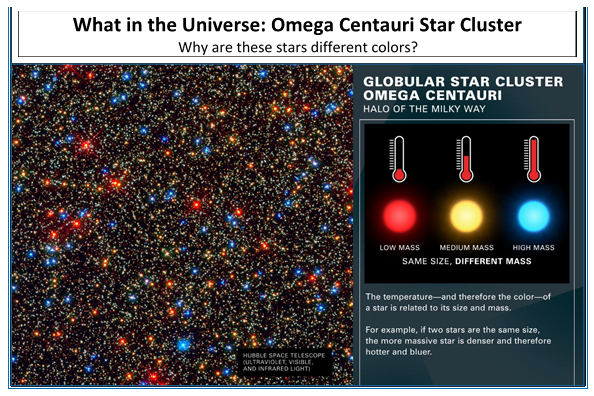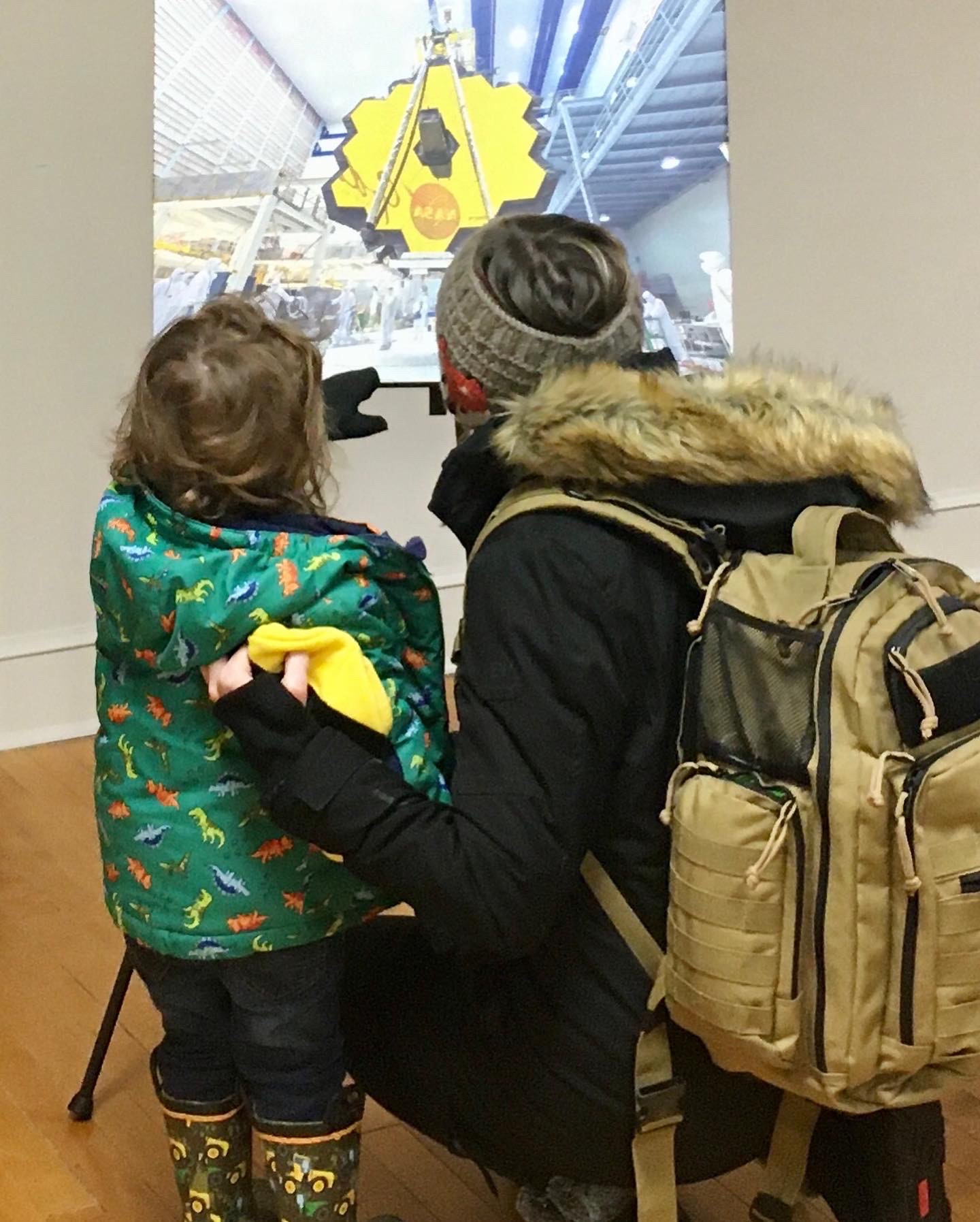ViewSpace: Discover the Universe
Carolyn Slivinski, Space Telescope Science Institute
“YOU ARE WATCHING VIEWSPACE”—these words are the welcome message that lets you know you have been provided a window to explore our planet, solar system, galaxy, and universe.
ViewSpace is a broadly accessible web-based collection of digital interactives and videos highlighting the latest developments in astronomy and Earth science. Supported by NASA as part of NASA’s Universe of Learning, ViewSpace is developed by a team of scientists, educators and communication specialists who collaborate to ensure that content is accurate, up-to-date, engaging, relevant, and accessible to a wide audience; it helps learners explore fundamental questions, experience how science is done, and discover the universe for themselves.

In order to make ViewSpace widely accessible to libraries, museums, science centers, and other informal learning venues—and to the public—it is fully functional on desktop computers, tablets, and smartphones.

Visit ViewSpace, and you’ll find two exciting ways to engage with astronomy. One is a collection of dozens of digital interactives which lets you see objects and materials with a new perspective. For example, you may see “hidden” features that only appear in different wavelengths of light. With other interactives, you might also see how increasing exposure time allows us to see faint, distant objects; view starlight filtered through exoplanet atmospheres; watch as stars are formed—or die; observe how galaxies interact with each other; and more. An example below is the Crab Nebula, created when a distant star exploded, as seen in three different wavelengths of light, though you’ll have to visit the site to see the magic of the interactive at work.

The second engagement comes through hundreds of videos which feature recent imagery from satellites and space telescopes, highlighting the latest developments in astronomy and Earth science. The content is updated automatically, with new content added on a weekly basis. As an example, one video series is titled What in the Universe, which asks viewers questions about an image, allows them time to contemplate the question, then provides the answer with additional science background. A screenshot of a segment about Omega Centauri is seen below.

Another video series is the Image Tour, which takes you on a tour of celestial destinations, making stops along the way. Below is an Image Tour of the Whirlpool Galaxy, which provides details about what is seen in the image at each stop as you travel across this spiral galaxy.

ViewSpace has many more video series, and hours upon hours of astronomy video content. But what if you want to have the videos run without any needed user input? ViewSpace videos have a “kiosk” mode that was designed for libraries, museums, science centers, and planetariums—anywhere that a monitor may be set up as a free-standing exhibit. Venues may select a playlist of astronomy videos, or Earth science videos, or a combination of astronomy and Earth science, whichever is most appropriate for their visitors. After setting up a free account, venues can set ViewSpace to play videos automatically, with minimal staff time or effort. With hundreds of accounts set up across the country, STScI is able to have a far-ranging impact with hundreds of thousands of viewers each year.
We also encourage you to visit the newly-added Museum Resources page for other ideas about how to incorporate ViewSpace into your library.
With a strategic goal to “Make the world’s astronomical information accessible to all,” the Space Telescope Science Institute is eager to share ViewSpace with all—now start exploring!
ViewSpace is produced by the Space Telescope Science Institute in Baltimore, Maryland, and is provided free of charge through financial support and subject matter expertise from the NASA’s Universe of Learning project, NASA’s Earth Observing System Project Science Office, NASA’s Hubble Space Telescope Project, and NASA’s James Webb Space Telescope Project. This product is based upon work supported by NASA under award numbers NNX16AC65A and NNX15AB26G and contracts NAS5-26555 and NAS5-03127. Any opinions, findings, and conclusions or recommendations expressed in this material are those of the author(s) and do not necessarily reflect the views of the National Aeronautics and Space Administration.




Leave A Comment